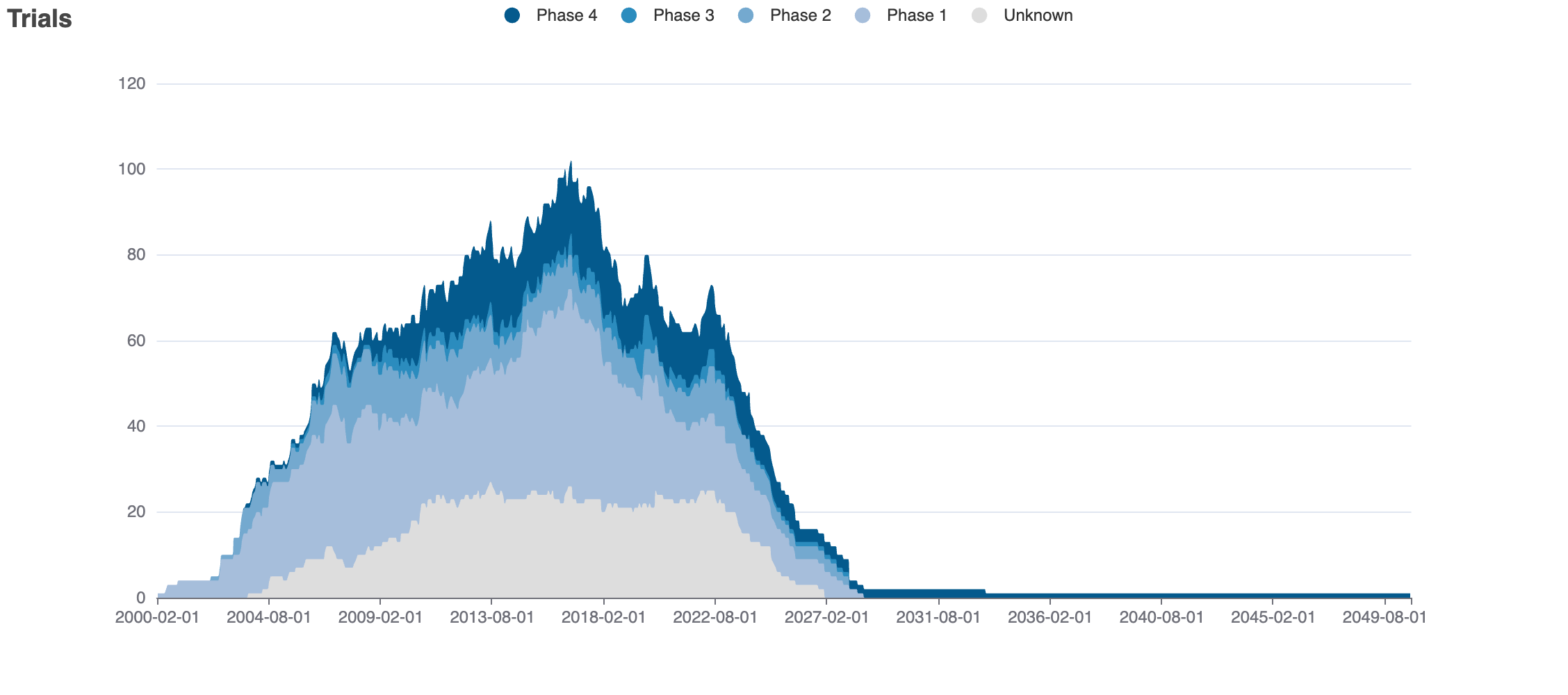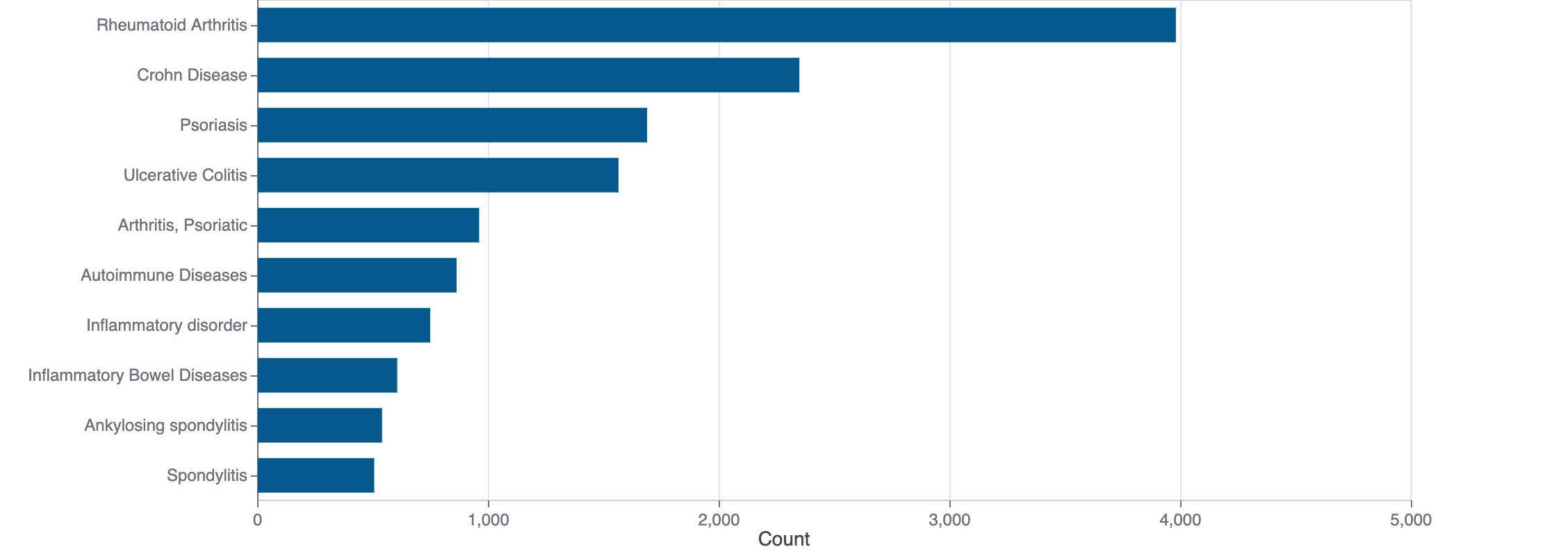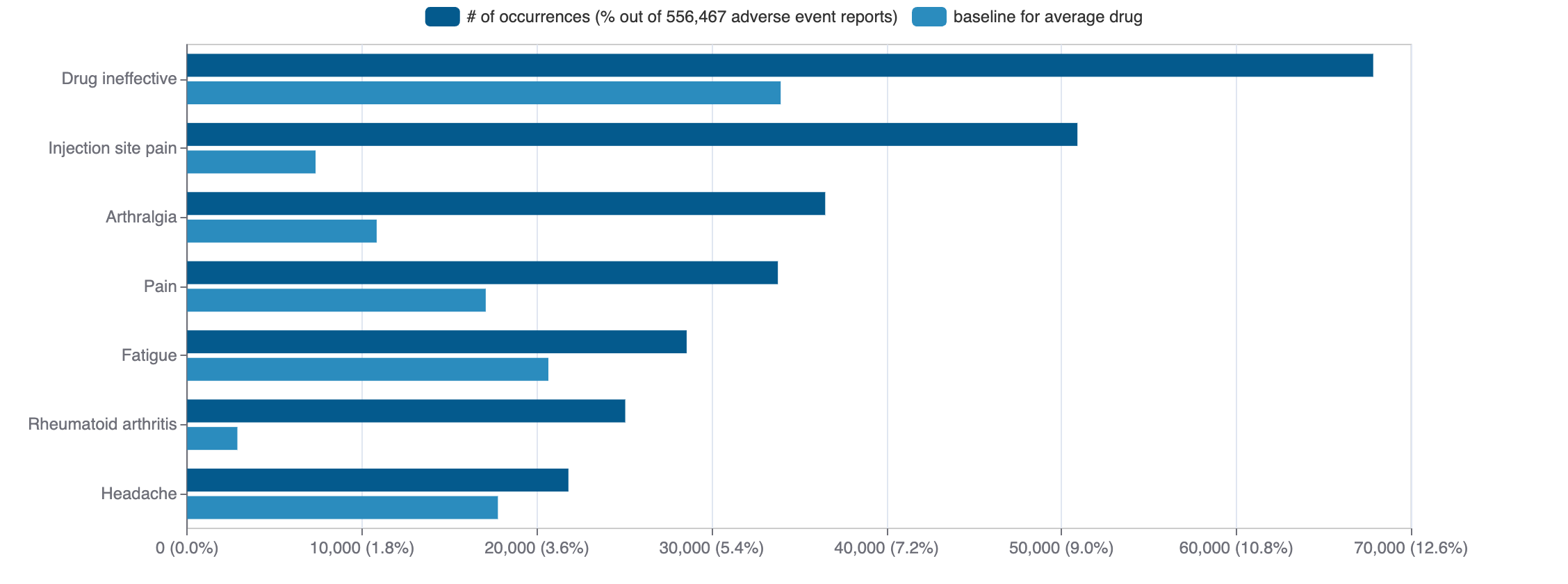Zoptarelin doxorubicin
Myocet, Pegylated (zoptarelin doxorubicin) is a protein pharmaceutical. Zoptarelin doxorubicin was first approved as Caelyx pegylated liposomal on 1996-06-20. It has been approved in Europe to treat breast neoplasms, kaposi sarcoma, multiple myeloma, and ovarian neoplasms.
Download report
Favorite
Events Timeline
Commercial
Clinical
Drug
Target
Variants
Financial
Trends
Safety
Events Timeline
5D
1M
3M
6M
YTD
1Y
2Y
5Y
Max
Events
FDA approval date
EMA approval date
Patent expiration date
Study first post date
Last update post date
Start date
Primary completion date
Completion date
Results first post date

Mock data
Subscribe for the real data
Subscribe for the real data
Commercial
Trade Name
FDA
EMA
No data
Drug Products
FDA
EMA
New Drug Application (NDA)
New Drug Application (NDA)
Abbreviated New Drug Application (ANDA)
Abbreviated New Drug Application (ANDA)
No data
Labels
FDA
EMA
No data
Indications
FDA
EMA
No data
Agency Specific
FDA
EMA
No data
Patent Expiration
No data
ATC Codes
No data
HCPCS
No data
Clinical
Clinical Trials
5 clinical trials
View more details

Mock data
Subscribe for the real data
Subscribe for the real data
Indications Phases 4
No data
Indications Phases 3
Indication | MeSH | Ontology | ICD-10 | Ph 1 | Ph 2 | Ph 3 | Ph 4 | Other | Total |
|---|---|---|---|---|---|---|---|---|---|
| Endometrial neoplasms | D016889 | EFO_0004230 | — | — | 1 | 1 | — | — | 2 |
Indications Phases 2
Indication | MeSH | Ontology | ICD-10 | Ph 1 | Ph 2 | Ph 3 | Ph 4 | Other | Total |
|---|---|---|---|---|---|---|---|---|---|
| Breast neoplasms | D001943 | EFO_0003869 | C50 | — | 1 | — | — | — | 1 |
| Prostatic neoplasms | D011471 | — | C61 | 1 | 1 | — | — | — | 1 |
| Urologic neoplasms | D014571 | — | C64-C68 | 1 | 1 | — | — | — | 1 |
| Carcinoma | D002277 | — | C80.0 | 1 | 1 | — | — | — | 1 |
| Transitional cell carcinoma | D002295 | — | — | 1 | 1 | — | — | — | 1 |
| Ovarian neoplasms | D010051 | EFO_0003893 | C56 | — | 1 | — | — | — | 1 |
Indications Phases 1
No data
Indications Without Phase
No data
Epidemiology
Epidemiological information for investigational and approved indications
View more details
Drug
General
| Drug common name | Zoptarelin doxorubicin |
| INN | zoptarelin doxorubicin |
| Description | Zoptarelin doxorubicin (developmental code names AEZS-108, AN-152) consists of doxorubicin linked to a small peptide agonist to the luteinizing hormone-releasing hormone (LHRH) receptor. It has been developed as a potential treatment for a number of human cancers. The LHRH receptor is aberrantly present on the cell surface of approximately 80% of endometrial and ovarian cancers, 86% of prostate cancers and about 50% of breast cancers. Whereas in normal tissues, expression of this receptor is mainly confined to the pituitary gland, reproductive organs and hematopoietic stem cells. To a lesser extent the LHRH receptor is also found on the surface of bladder, colorectal, and pancreatic cancers, sarcomas, lymphomas, melanomas, and renal cell carcinomas.
|
| Classification | Protein |
| Drug class | prehormones or hormone-release stimulating peptides; antineoplastic antibiotics (daunorubicin type) |
| Image (chem structure or protein) |  |
| Structure (InChI/SMILES or Protein Sequence) | COc1cccc2c1C(=O)c1c(O)c3c(c(O)c1C2=O)C[C@@](O)(C(=O)COC(=O)CCCC(=O)NCCCC[C@@H](NC(=O)[C@H](Cc1ccc(O)cc1)NC(=O)[C@H](CO)NC(=O)[C@H](Cc1c[nH]c2ccccc12)NC(=O)[C@H](Cc1c[nH]cn1)NC(=O)[C@@H]1CCC(=O)N1)C(=O)N[C@@H](CC(C)C)C(=O)N[C@@H](CCCNC(=N)N)C(=O)N1CCC[C@H]1C(=O)NCC(N)=O)C[C@@H]3O[C@H]1C[C@H](N)[C@H](O)[C@H](C)O1 |
Identifiers
| PDB | — |
| CAS-ID | 139570-93-7 |
| RxCUI | — |
| ChEMBL ID | CHEMBL3544954 |
| ChEBI ID | — |
| PubChem CID | 16134409 |
| DrugBank | DB12755 |
| UNII ID | 27844X2J29 (ChemIDplus, GSRS) |
Target
No data
Variants
No data
Financial
No data
Trends
PubMed Central
Top Terms for Disease or Syndrome:

Mock data
Subscribe for the real data
Subscribe for the real data
Additional graphs summarizing 71 documents
View more details
Safety
Black-box Warning
No Black-box warning
Adverse Events
© 2020-2025 Collaborative Drug Discovery Inc. (CDD) | Terms of Use
